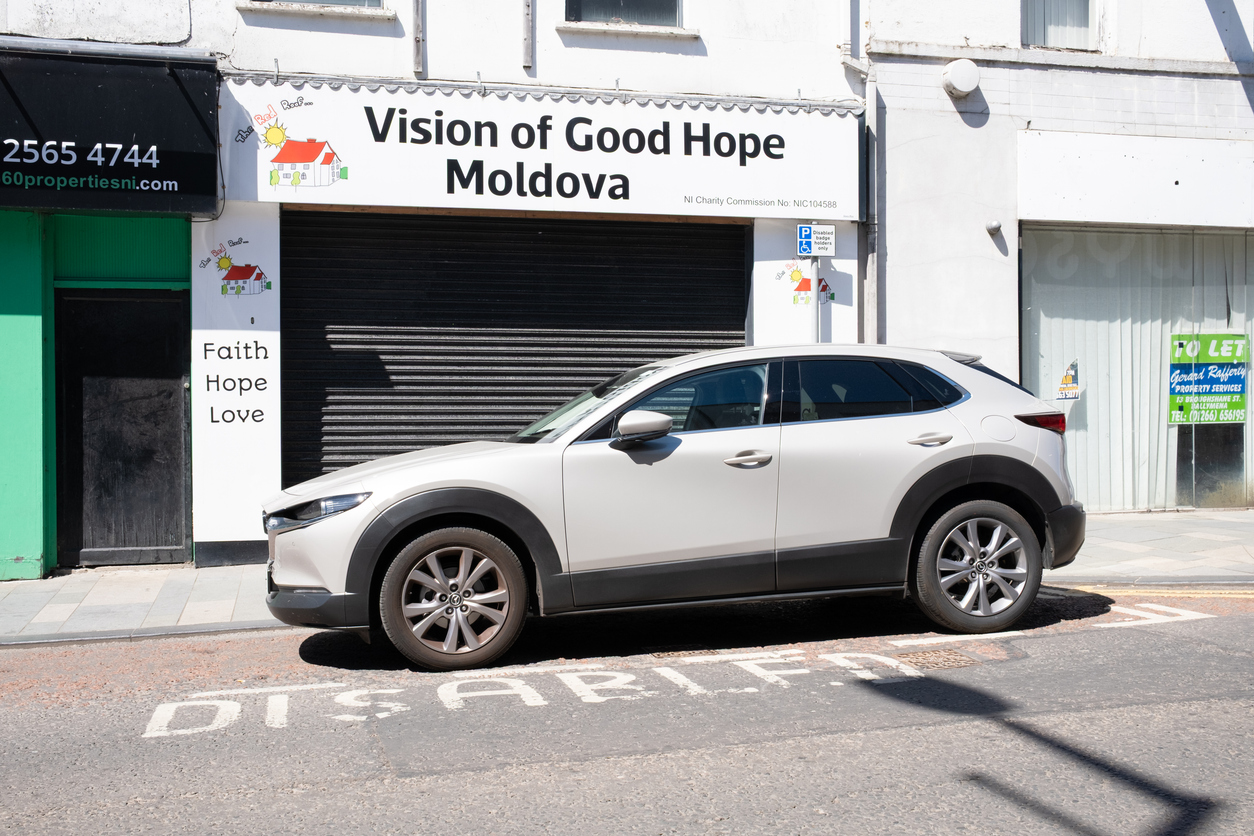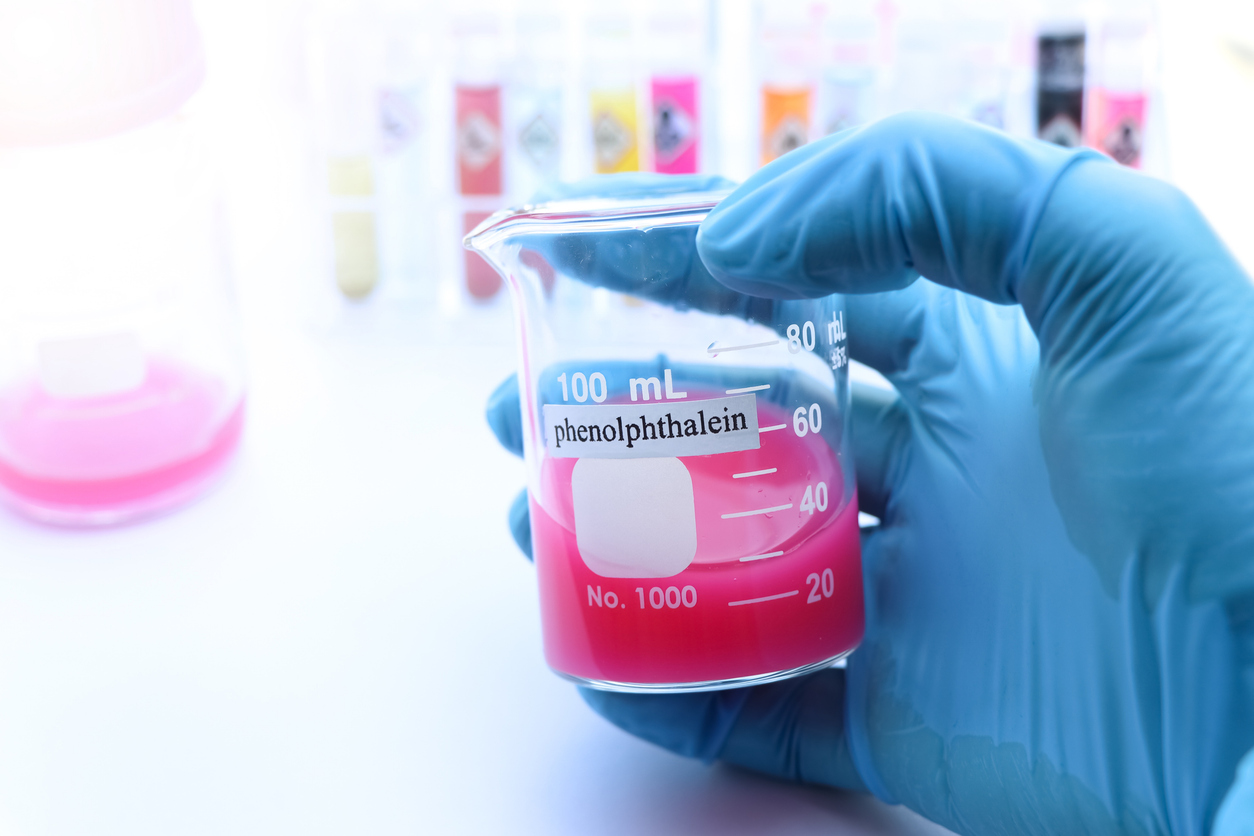Tips for Buying and Exporting Tanned Equine and Bovine Hides from South Africa
Tips for Buying and Exporting Tanned Equine and Bovine Hides from South Africa
Since the early 2000s, South Africa has become the world’s largest producer of raw tanned skins for leather. The country is home to several tanneries that produce high volumes of quality horse and cattle hides every year. In addition to being considered a global leader in the production of raw tanned equine and bovine skins, South Africa also serves as an excellent source for exporting these finished leather goods. Like many other industries in South Africa, the tanning industry has struggled with profitability issues over the past decade. Many tanneries have closed their doors or downsized operations drastically due to international competition and changing market conditions. As a result, many previously uneconomic tanneries now operate at a minimal level of capacity; however, they are still able^o offer great value propositions with regards to prices and lead times.
Importing Tanned Equine and Bovine Hides from South Africa
One should note that only cattle hides are suitable for use in the production of “cowhide” leather; therefore, horsehide is not a viable option for making “horsehide” leather. Horsehide is soft and thin and is used for making trim for wallets, belts, pockets, and other items where a soft material is desired. Cattlehide, on the other hand, is thick and durable; therefore, it is used to make products such as boots, furniture, handbags, and more. There are two main methods used to develop raw hides into finished leather products: wet blue and dry blue. Wet blue is used to produce the thick, durable leather that is used in making boots, shoes, and bags. Dry blue is used to produce thinner leathers that are used in making wallets, belts, and other items where aesthetics are more important than durability. The main difference between wet blue and dry blue is that wet blue hides are tanned in large drums with lots of water and chemicals, whereas dry blue hides are tanned using chemicals only.
How to Find a Reputable Tannery in South Africa
The best way to find a reputable tannery in South Africa is to visit the country in person. You can connect with local leather associations or trade associations and ask them for recommendations on local tanneries that might be a good fit for your business. There are many online directories listing tanneries all over the world, and you can also find information about specific tanneries by conducting online research.
The Import Process for Tanned Hides
If you are dealing with a tannery that produces wet blue hides, they will most likely deliver their hides already tanned. Dry blue hides, on the other hand, need to be tanned before they can be exported. – Step 1: The hides are dehaired, split, and then graded based on quality. – Step 2: The hides then are tanned using chemicals. – Step 3: The hides are dried and then stitched together in large rolls. – Step 4: The hides are then shipped to the importer.
Exporting Tanned Equine and Bovine Hides
Tanned hides can be exported as “wet blue” or “dry blue.” Wet blue hides are delivered from the tannery already tanned, while the dry blue hides need to be tanned before they can be exported. – Step 1: The hides are dehaired, split, and then graded based on quality. – Step 2: The hides then are tanned using chemicals. – Step 3: The hides are dried and then stitched together in large rolls. – Step 4: The hides are then shipped to the importer.
Conclusion
Overall, South Africa is a great place to find tanned hides for export. The country’s production rates are high and prices are low. Additionally, shipping times are short, and the country has many different types of equine and bovine species to offer. With that said, there are some risks associated with importing tanned equine and bovine hides from South Africa. These risks include quality issues, trade restrictions, and shipping delays. It is important to conduct thorough due diligence on all potential suppliers before entering into a business relationship.








LEAVE A COMMENT
You must be logged in to post a comment.